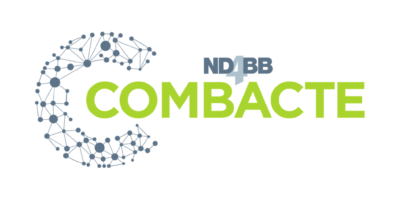Revisiting SAATELLITE
COMBACTE-NET’s SAATELLITE trial assessed suvratoxumab (AstraZeneca/Medimmune’s novel monoclonal antibody) ability to prevent Staphylococcus aureus Ventilator-Associated Pneumonia (VAP) in mechanically ventilated intensive care unit (ICU) patients. It is the first clinical trial testing an innovative anti-infective drug outside antibiotics in IMI’s New Drugs 4 Bad Bugs (ND4BB) framework and its completion in 2019 was an important milestone for the program.
Dr. Bruno François (CHU Limoges) is the Academic Lead and Coordinating Principal Investigator of SAATELLITE. We asked Dr. François to reflect on the challenges, lessons, and the groundbreaking results from the trial.
“Our role as academia in this trial was very different. As an academic, you usually act as advisor, without being much involved in the daily business of the study. But in SAATELLITE we were very much involved. And for sure the partners from AstraZeneca/Medimmune – the study team, has been incredibly collaborative and open” says Dr. François.
Steep Learning Curve
“This is something which is complex to address, even with a ‘simple’ trial design. The collaboration with the microbiological labs, but also site performance and site selection can be a challenge for this reason. It’s very important that we learn how to improve this. I learned a lot from being very involved in the trial clinical operations which were outside my usual role. This brings a lot of scientific knowledge to me and my team. We are at the very beginning of the story. We generated a lot of biological data. For basic science and research we will have a huge opportunity in the coming years because we have produced so much”.


Meaningful Results
At the moment the scientific paper on the SAATELLITE results has been written is under review. “The results of the SAATELLITE trial are important for many reasons. There are not many trials dealing with prevention of VAP with new drugs. The way we have documented colonization is really new because we have used some point of care tools (rapid testing) at the bedside. This was really innovative not only for SAATELLITE, but also for future trials”.
Related updates

The Last of COMBACTE: COMBACTE-NET

Important Pieces Of A Puzzle

